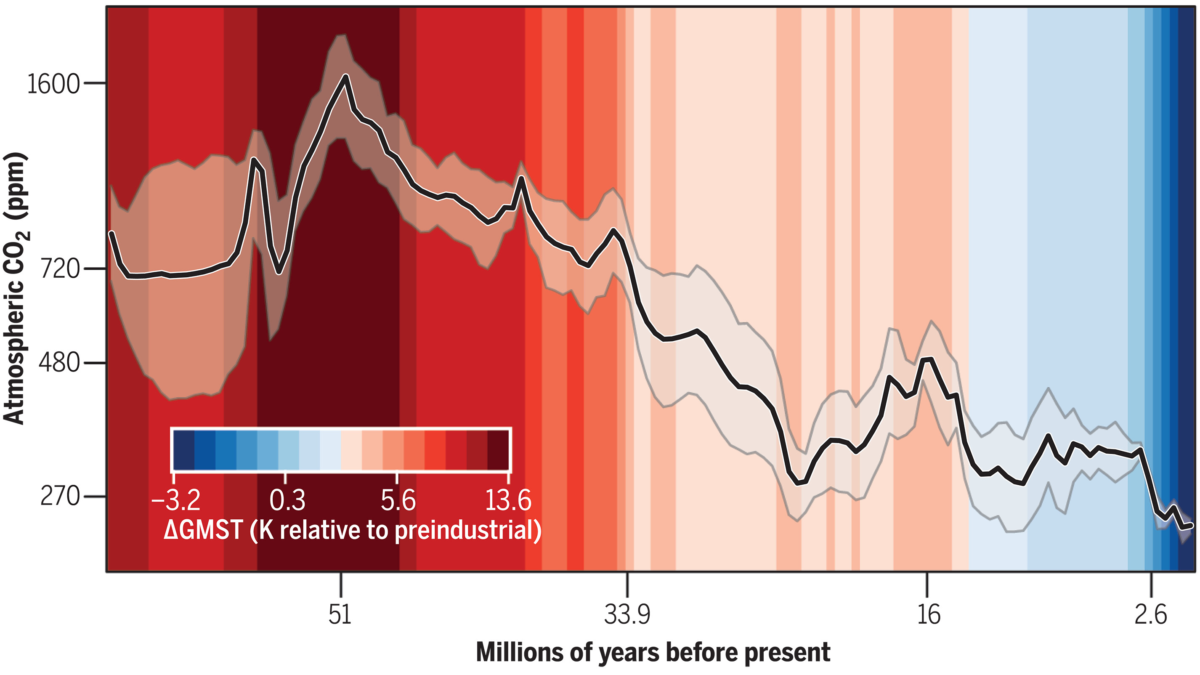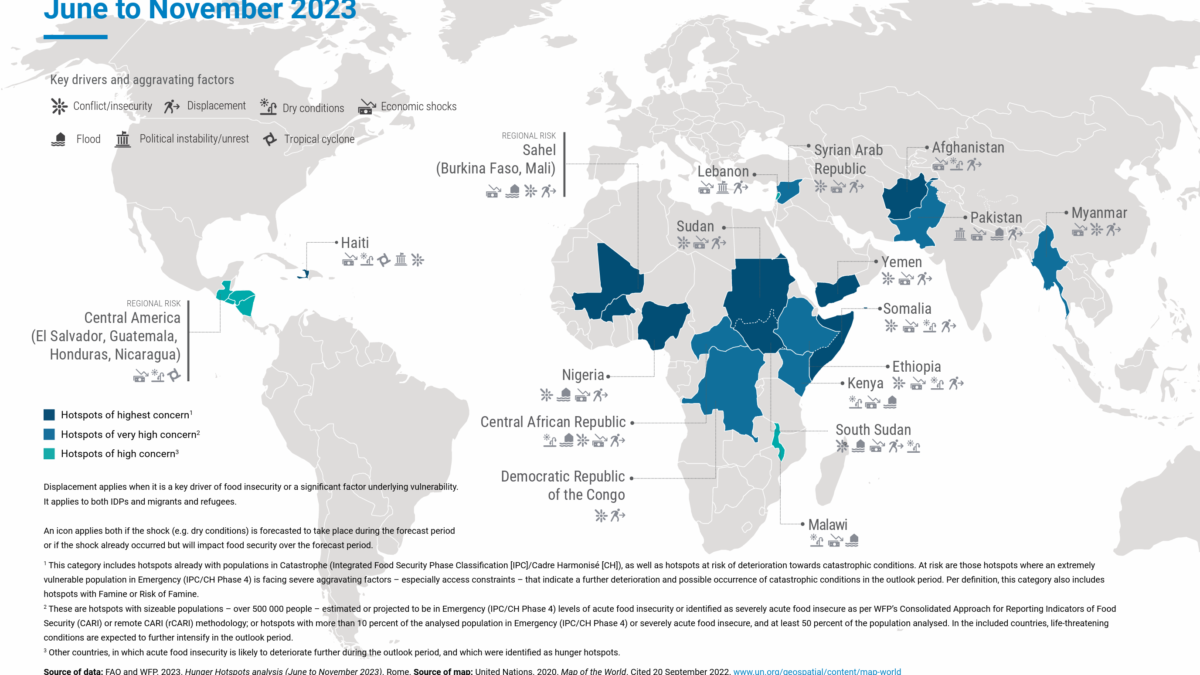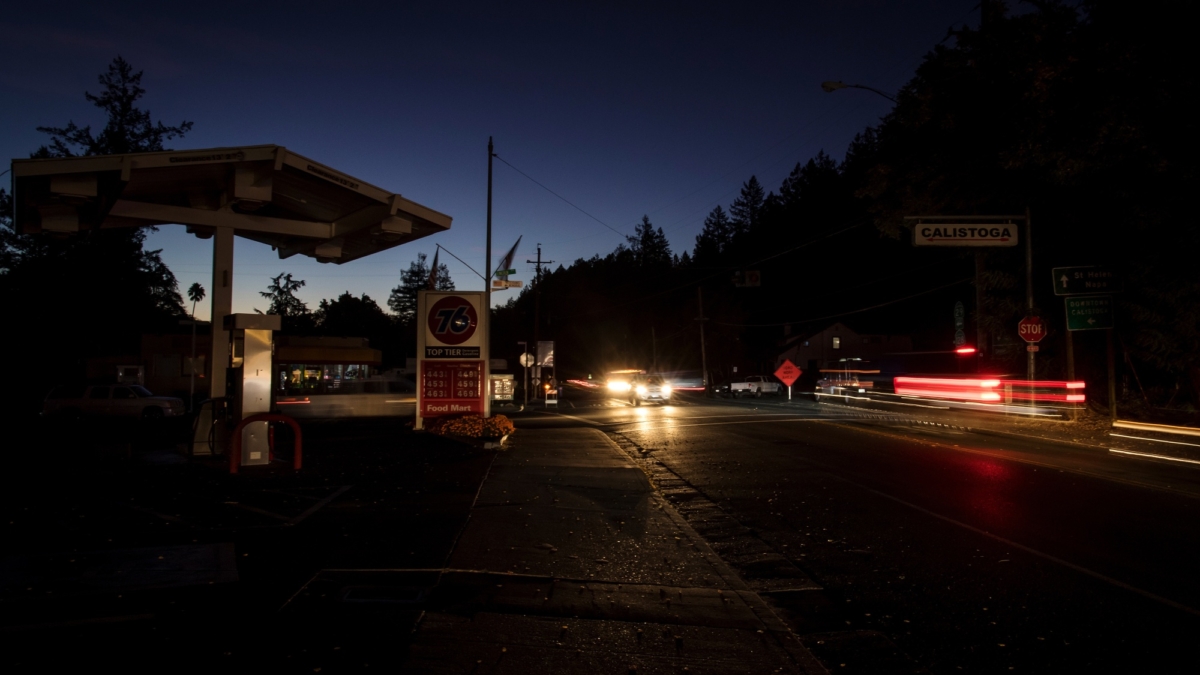Rising frustration in Houston after millions lost power in storm – “For a Category 1 hurricane to result in over a million customer outages in its immediate aftermath demonstrates that there is plenty of need for the resiliency hardening investments”

By J. David Goodman and Ivan Penn
10 July 2024
(The New York Times) – The sun felt hotter than usual in Houston this week, as millions of sweltering residents emerged from the rapid thrashing of Hurricane Beryl to face a prolonged power outage — the largest ever seen by the city’s utility, according to the state’s lieutenant governor.
The outages from the storm affected as many as 2.7 million customers across the state, mostly in and around Houston. Despite a promise by the utility, CenterPoint Energy, to restore power to one million customers by the end of the day on Wednesday, large swaths of the nation’s fourth-biggest city remained without power.
The scale of the outages raised questions about whether enough had been done to prepare the city, just 50 miles from the Gulf Coast, for the kinds of storms that climate scientists predict will arrive with greater frequency.
“For a Category 1 hurricane to result in over a million customer outages in its immediate aftermath demonstrates that there is plenty of need for the resiliency hardening investments,” said Wei Du, an energy expert with PA Consulting and a former senior analyst and engineer for Con Edison.

Beryl was not a particularly strong storm when it made landfall early Monday. But the hurricane struck at the heart of Houston with a ferocity that toppled trees into power lines and that knocked over 10 transmission towers, officials said.
By late Tuesday, some 1.5 million of CenterPoint’s customers still had no power — and little sense of when it would return. Neighbors reported flickerings of light to each other on group chats, hoping for signs of progress. Many shared a map of open Whataburger locations, suggesting that the fast-food chain was a better way to find out about available electricity service, compared with the spotty information released by the utility.
As the temperatures rose, so did many residents’ anger.
“The response has been too slow,” said Patricia Alexander, 79, who sat in a cooling center in northwest Houston to get a break from the heat inside the senior center where she lives. “The mayor said he was looking out for senior centers and that CenterPoint’s teams were prioritizing senior facilities, but I don’t believe it, because we don’t have air-conditioning.”
The sheer number of damaged lines accounted for the extent of the outages, which surpassed those during Hurricane Ike in 2008. After that storm, the utility described making efforts to better manage the vegetation around power lines.
Company officials said they had been surprised by the behavior of the storm, which initially was expected to strike further south but instead hit near Matagorda, Texas, after strengthening somewhat and then spiraling north toward Houston.

“No one should have been surprised,” said Dan Patrick, the state’s lieutenant governor, who has been acting in place of Gov. Greg Abbott while he travels abroad.
Mr. Patrick said in a news conference that he wanted the utility to focus on restoring power, but that afterward the company would need to explain its preparations for the storm.
“If they made mistakes beforehand, then that will be addressed,” Mr. Patrick said. “The real question is: Were they as prepared as they should be? And that’s up to them to answer, and they will answer not only to the public but to the P.U.C.,” he added, referring to the state’s Public Utility Commission.
Texas officials have spent much of the past few years worrying about the vulnerability of the state’s power grid to extreme cold after a failure during a winter storm in 2021.
But amid increasingly frequent extreme heat, the grid has also been tested in the summer, not just during storms but also on hot, cloudless days when energy demand is high.
“It’s not just during a storm: Texas in general tends to have more outages on a blue sky day than other states,” said Doug Lewin, an energy consultant and the author of the Texas Energy and Power newsletter. “We rank very poorly compared to other states. We’ve got a long way to go.” […]

The outages from Beryl came less than two months after powerful thunderstorms knocked out power across Houston in May. Hundreds of thousands of residents lost power in that storm, and many of the same people found themselves again dumping spoiled food and looking for cool air this week.
“This is a double whammy,” said Cleveland James, 70, of West Houston, describing the almost back-to-back storms as he sat in the local cooling center. “I lost power for five days. So that doesn’t give me much encouragement that it will come back soon. I think it’ll take a week.”
Ms. Alexander, nearby, said she worried that Beryl would not be the last time she found herself without power this summer.
“This is going to happen again,” she said of the storm, only the second to get a name this hurricane season. “I mean, we’re only in the B’s.” [more]
Rising Frustration in Houston After Millions Lost Power in Storm

Frustration builds in Houston as utility struggles to restore power cut by Hurricane Beryl
By Juan A. Lozano and Jim Vertuno
10 July 2024
HOUSTON (AP) – Houston’s biggest utility came under mounting pressure Wednesday over its response to Hurricane Beryl, as nearly 1.4 million area homes and businesses remained without power and residents searched for places to cool off, fuel up and find something to eat.
City Council member Abbie Kamin called the extended lack of power a “life safety concern.”
“We say ‘everything we can do’ to get the lights back on. In my opinion, respectfully, they should be on,” Kamin told a CenterPoint Energy executive during a council meeting.
“This was a Category 1 (storm),” Kamin said, referring to the weakest type of hurricane. ”We know that this severe weather, the extreme weather due to climate change, is real and we’ve known for some time.”
Power outages peaked at 2.7 million customers after the storm made landfall in Texas on Monday, according to PowerOutage.us. Brad Tutunjian, vice president for regulatory policy for CenterPoint Energy, defended the company’s response and told council members that more than 1 million customers had their power restored by Wednesday morning, although the company’s online tracker put the figure at just under a million at the time.
“To me, I think that’s a monumental number right there,” he said.

The company has acknowledged that most of the 12,000 workers it brought in to help the recovery effort were not in the Houston area when the storm arrived. Initial forecasts had the storm blowing ashore much farther south along Gulf Coast, near the Texas-Mexico border, before heading toward Houston.
The company would not ask third-party workers from other companies and municipalities to pre-position and “ride out” the storm, “because that is not safe,” he said.
“We ask you to get as close as possible, so you can respond as efficiently as practical,” he said of the instructions given to the workers.
Tutunjian noted how difficult it is to quickly restore power that was cut off by falling trees and branches.
“When we have storms such as this, with the tree completely coming down … taking out our lines and our poles, that’s where all the time comes in to do the restoration work,” he said.
Council members pressed Tutunjian about why the company, which has been the Houston area for about 100 years, hasn’t lain more of its power lines underground. He replied that it has been laying all new lines underground in residential areas for decades.

Two council members said they received a text about a house that burned down after reporting a downed power line. The texts reported the fire department said it could not do anything, and the utility company did not respond.
Beryl has been blamed for at least seven U.S. deaths — one in Louisiana and six in Texas — and at least 11 in the Caribbean. It weakened as it moved deeper into the U.S. and early Wednesday was a post-tropical cyclone centered over northeastern Indiana.
A flood watch was in effect for parts of Illinois, Indiana, Michigan, New York, Vermont, New Hampshire and Maine. The storm spawned suspected tornadoes in parts of Indiana and Kentucky.
In the Houston area, Beryl compounded and repeated the misery of May, when storms killed eight people and left nearly a million customers without power.
High temperatures in Houston on Wednesday were expected to climb into the 90s (above 32.2 Celsius), with humidity making it feel even hotter.

People coped as best they could. Kyuta Allen took her family to a Houston community center to cool down and use the internet.
“During the day, you can have the doors open. But at night, you’ve got to board up and lock up — lock yourself like into a sauna,” she said.
Raquel Desimone, who sought relief in a cooling center, has lived in the Houston area since about 2000 and has been through multiple hurricanes and tropical storms. Still, was surprised and frustrated having to scrambled yet again for power and shelter from the heat.
“I went through Rita, Ike, Imelda, and Harvey,” Desimone said. “That the infrastructure can’t handle a basic storm, leaving for a Category 1, (it) is sort of crazy to me that I’m having to do this.”
Nim Kidd, head of the state’s division of emergency management, stressed that restoring power was the top priority.

Texas Lt. Gov. Dan Patrick, who is acting as governor while Gov. Greg Abbott is overseas, said nursing homes and assisted living centers were the highest priority. Sixteen hospitals ran on generator power Tuesday morning, according to the Federal Emergency Management Agency.
State officials planned to use a sports and event complex to temporarily hold up to 250 hospital patients who are awaiting discharge but cannot be released to homes with no power.
Patrick said Tuesday that he would wait until after the recovery effort to focus on CenterPoint’s response and whether the company was poorly prepared.
“CenterPoint will have to answer for themselves, if they were prepared, if they were positions. Their company is responsible for that. The state was in position,” he said. “I’ll tell you whether I’m satisfied or not when I have a full report of where their crews were when they were asked to come in.”
Frustration builds in Houston as utility struggles to restore power cut by Hurricane Beryl


